Throughout history, trees have held a special place in human culture, symbolizing life, wisdom, and connection to the divine. Their towering presence and enduring lifespan have inspired reverence and storytelling in societies around the world. For many cultures, certain trees are more than just plants—they are sacred entities, deeply intertwined with spiritual beliefs and rituals.
These trees often serve as bridges between the earthly and the spiritual, becoming gathering places for ceremonies or symbols of protection and guidance. Here are nine trees that have been revered as sacred across cultures, each with its own fascinating story to tell.
The Bodhi Tree
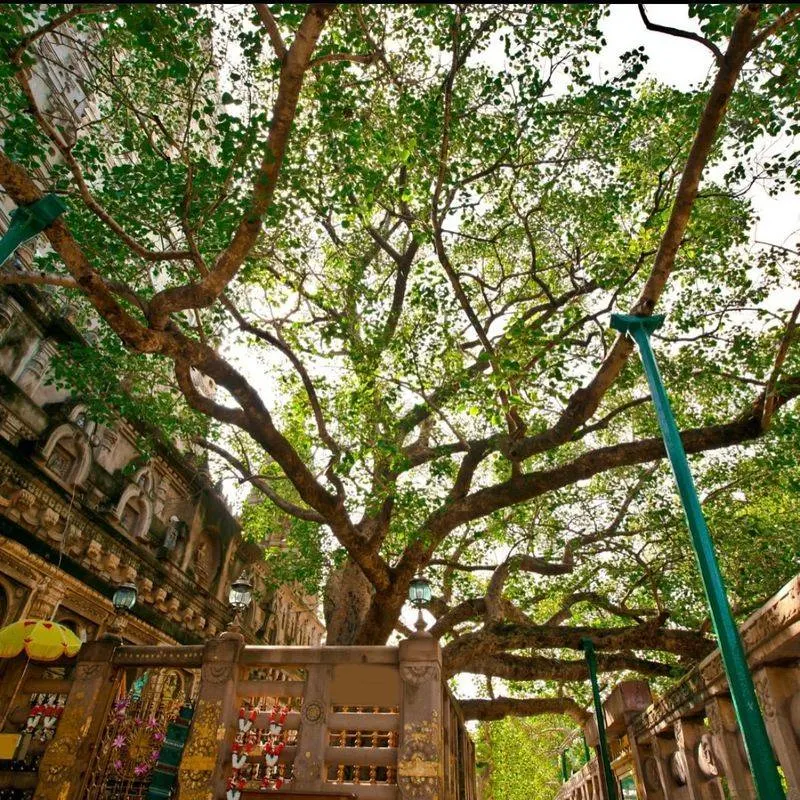
The Bodhi Tree is revered in Buddhism as the tree under which Siddhartha Gautama attained enlightenment. This sacred fig is a symbol of wisdom, meditation, and awakening.
For Buddhists, it represents the path to Nirvana.
Located in Bodh Gaya, India, the tree is a pilgrimage site where followers gather to meditate and reflect. Its heart-shaped leaves are iconic, often used in religious art and literature.
Visiting the Bodhi Tree offers a serene experience, inviting individuals to contemplate life’s deeper meanings. It’s a living testament to spiritual growth and enlightenment across cultures.
The Oak Tree
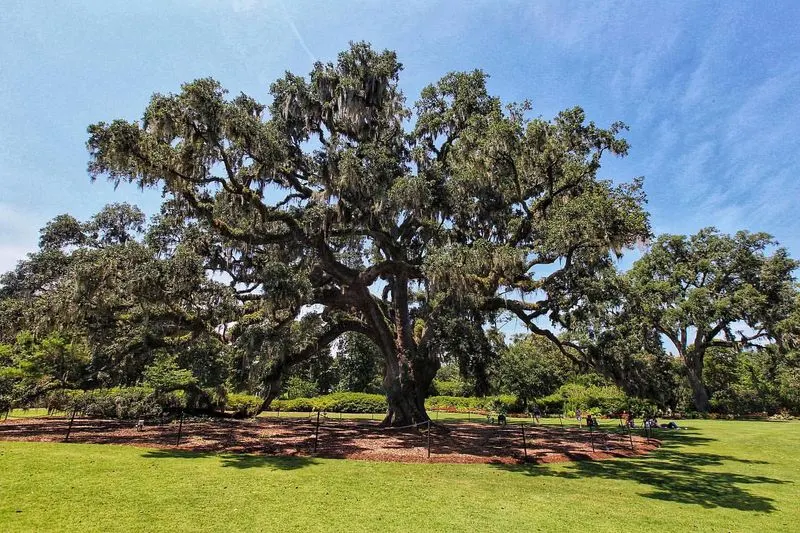
The Oak Tree stands as a symbol of strength and endurance in Celtic mythology. Often associated with thunder gods like Thor and Zeus, it embodies resilience and power.
Across Europe, the oak was seen as a bridge between the earthly and divine, revered during druidic rituals and ceremonies. Its wood, strong and enduring, was used to craft sacred objects.
The tree’s acorns, believed to possess magical properties, were symbols of potential and growth. In ancient traditions, the oak served as a sacred meeting place, fostering community and connection with nature.
The Baobab Tree
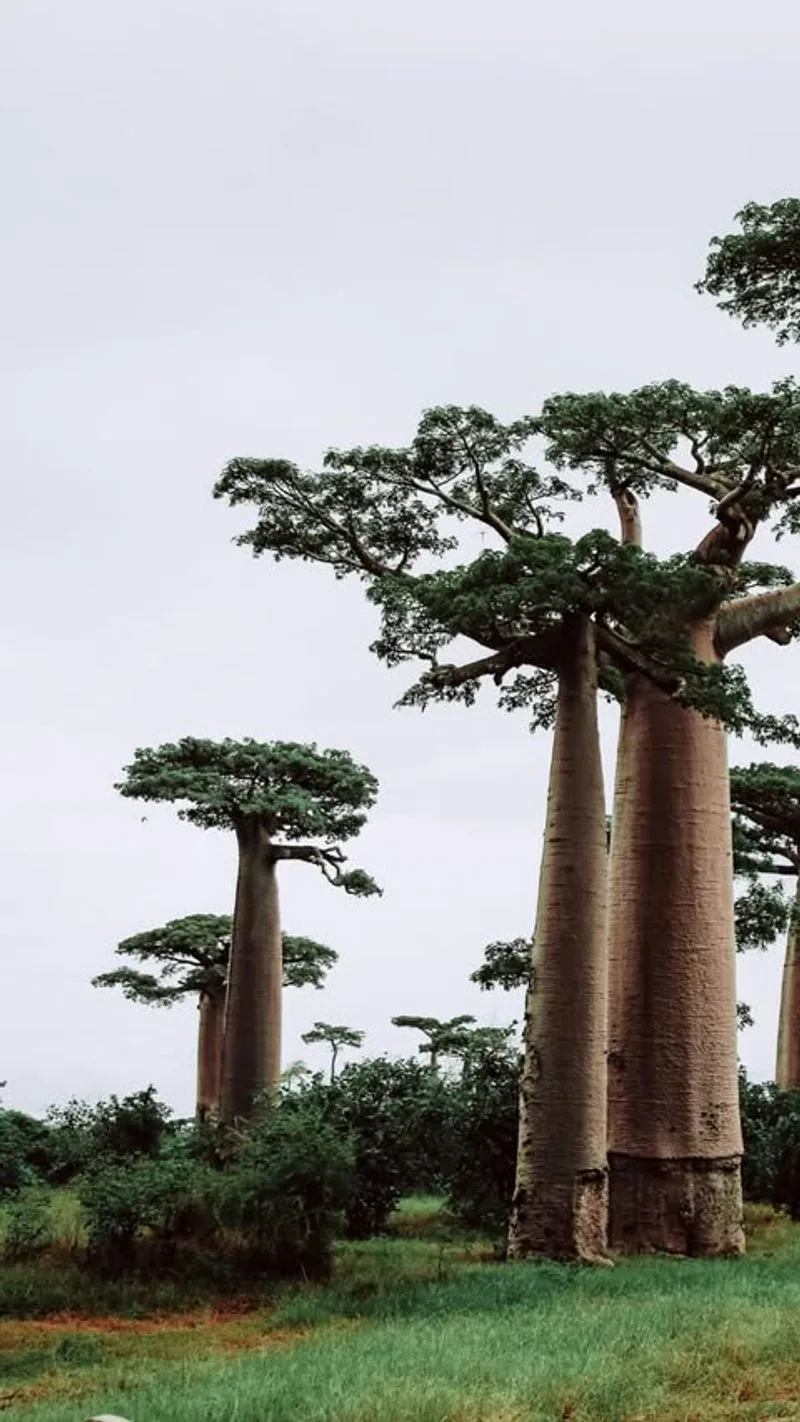
Known as the ‘Tree of Life,’ the Baobab is central to African folklore and spirituality. Its massive trunk stores water, sustaining life in harsh climates.
In many African cultures, the baobab is a symbol of longevity, wisdom, and strength. Communities often gather beneath its branches for storytelling and rituals.
The tree’s bark, leaves, and fruit offer nutritional and medicinal benefits. Celebrated for its resilience, the baobab teaches adaptability and survival.
Its majestic presence is a reminder of the interconnectedness of life and the environment.
The Olive Tree
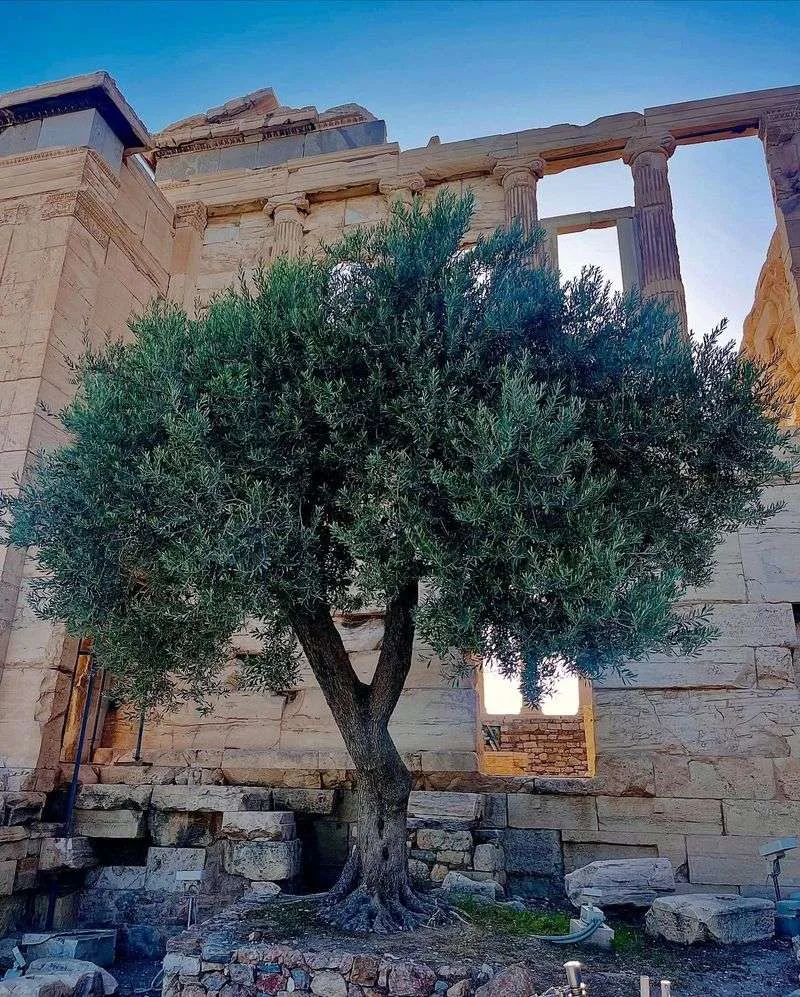
The Olive Tree, a symbol of peace and prosperity, holds great significance in Mediterranean cultures. Its oil has been used in religious ceremonies and daily life since ancient times.
In Greek mythology, the olive was a gift from Athena, symbolizing wisdom and victory. The tree’s longevity and ability to thrive in harsh conditions have made it a symbol of endurance.
Across cultures, olive branches are emblems of reconciliation. The tree’s presence in religious texts and art highlights its role as a bridge between the divine and the earthly.
The Cedar of Lebanon
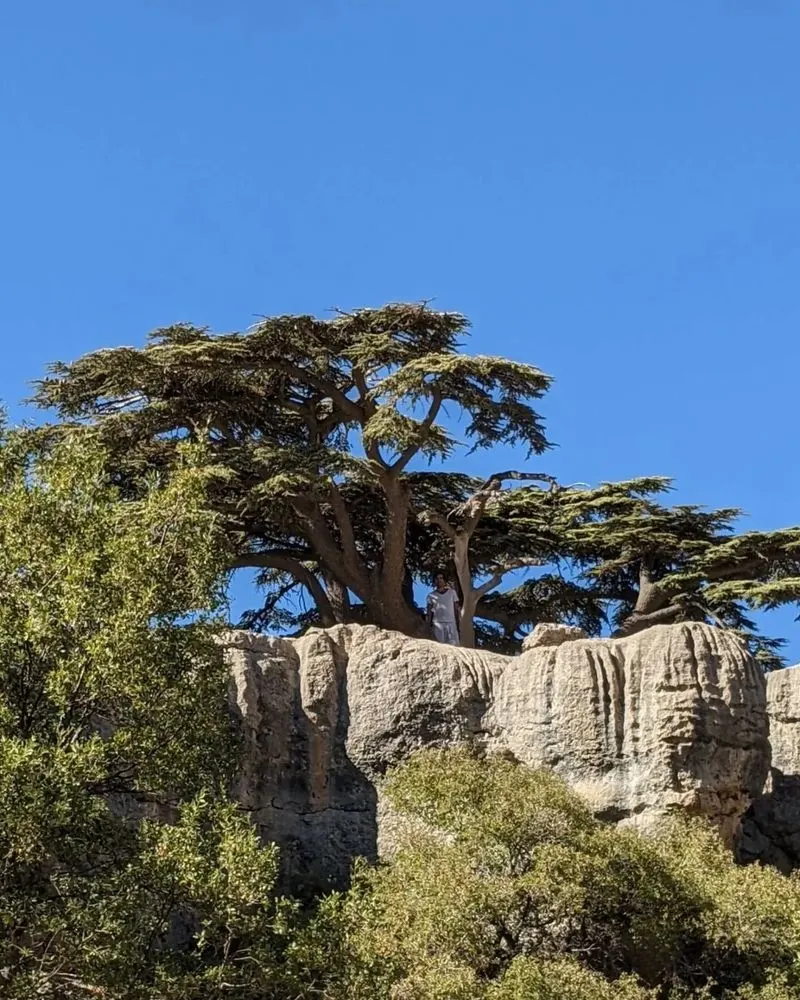
The Cedar of Lebanon is celebrated for its beauty and resilience. In ancient times, it was prized for its durable wood, used in temples and ships.
In the Bible, the cedar symbolizes strength and eternity. Its wood was favored by King Solomon for building the temple in Jerusalem, marking it as sacred.
The tree’s majestic presence is revered in Middle Eastern cultures. Its branches, appearing to reach the heavens, symbolize spiritual elevation.
The Cedar of Lebanon stands as a testament to nature’s grandeur and divine connection.
The Banyan Tree
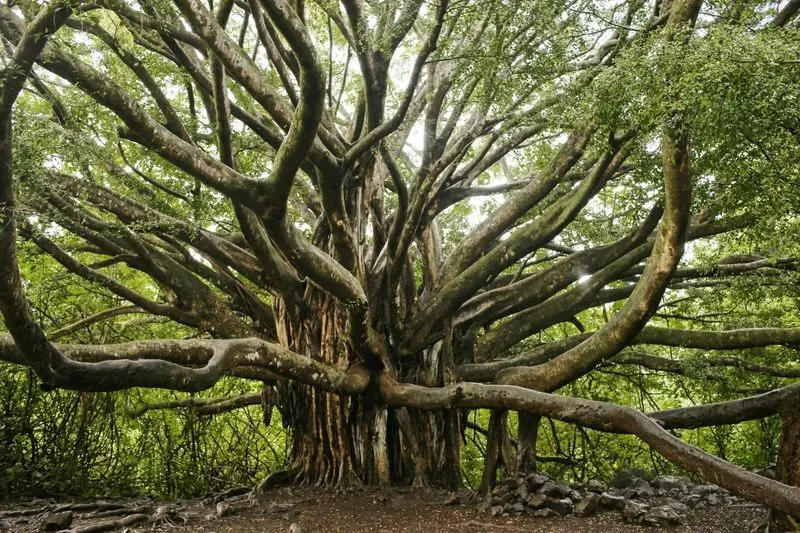
The Banyan Tree is a symbol of immortality and fertility in Hindu culture. Its expansive canopy and roots represent the interconnectedness of life.
Considered sacred, banyans often serve as gathering places for communities, where people share stories and prayers. They are seen as symbols of shelter and support.
In Hindu mythology, the tree is associated with the deity Vishnu, representing eternal life. The banyan’s enduring presence in Indian villages underscores its role in spiritual and social life.
The Yew Tree
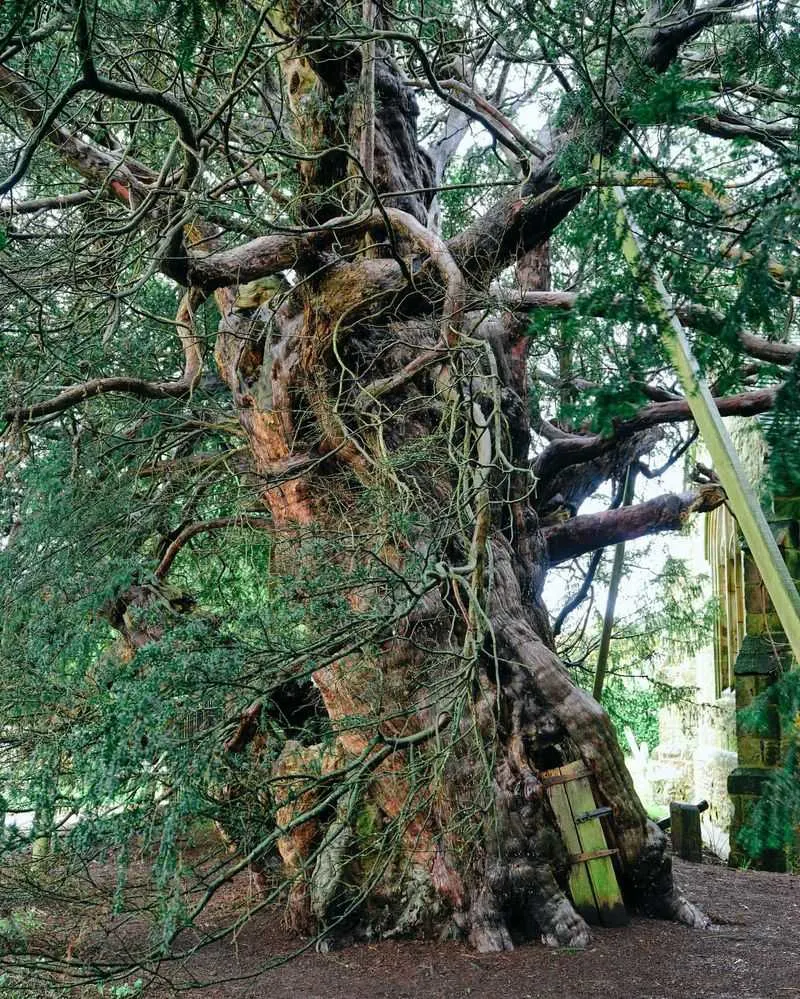
The Yew Tree, known for its longevity, is often found in churchyards across Europe. Its dark foliage and twisted branches evoke mystery.
In Celtic tradition, the yew symbolizes rebirth and immortality, often associated with life and death cycles. Its wood was used for crafting longbows, linking it to protection.
The yew’s poisonous berries have a dual symbolism, representing both danger and healing. Revered as a guardian of sacred spaces, it stands as a testament to the cycles of life and nature’s enduring mysteries.
The Ash Tree
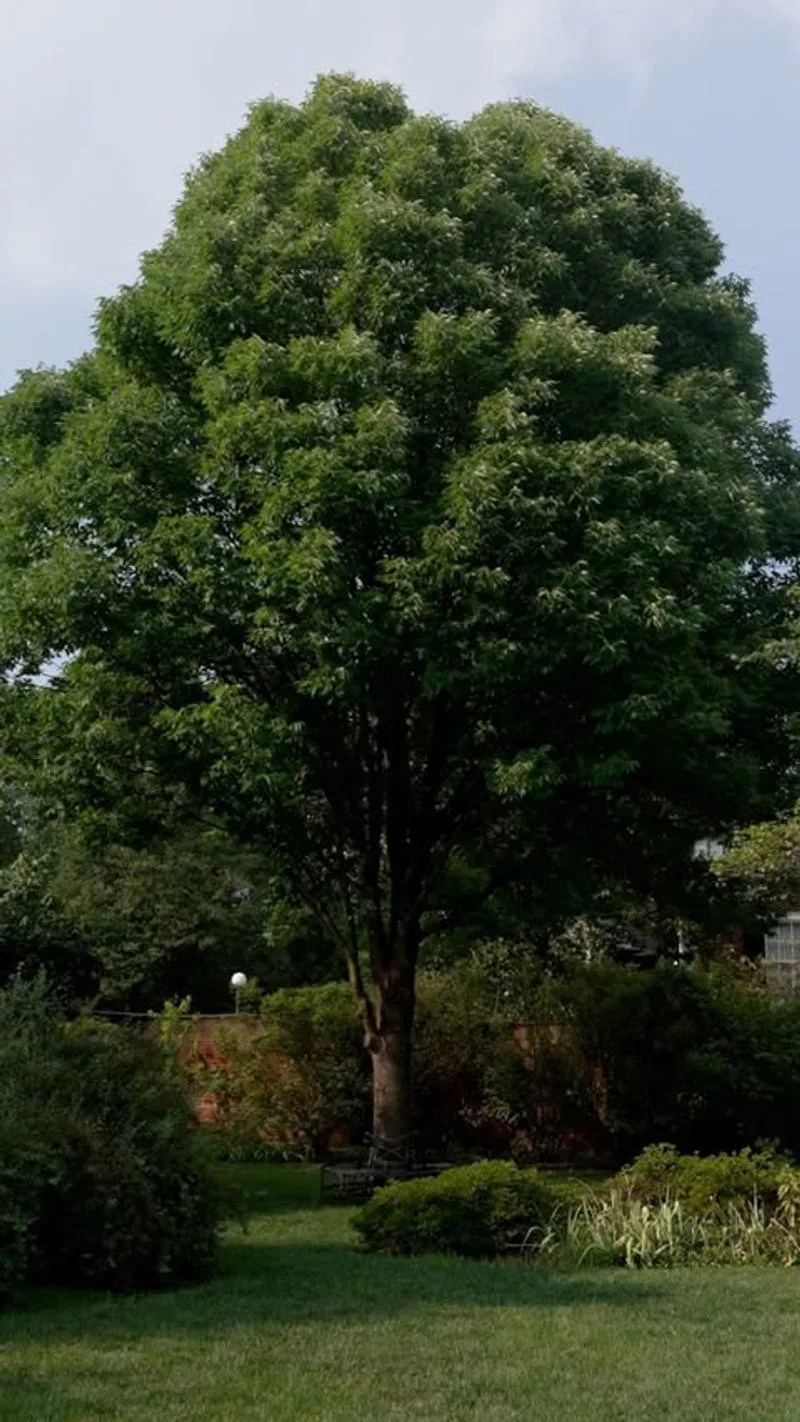
The Ash Tree holds a central place in Norse mythology, known as Yggdrasil, the World Tree. It connects the heavens, earth, and underworld, symbolizing the universe’s axis.
In ancient traditions, the ash is a symbol of protection and healing. Its wood’s elasticity made it ideal for crafting spears and bows.
The tree’s presence in folklore as a guardian and protector highlights its sacred status. Revered for its connection to the divine, the ash embodies strength, resilience, and the unity of all living things.
The Peepal Tree
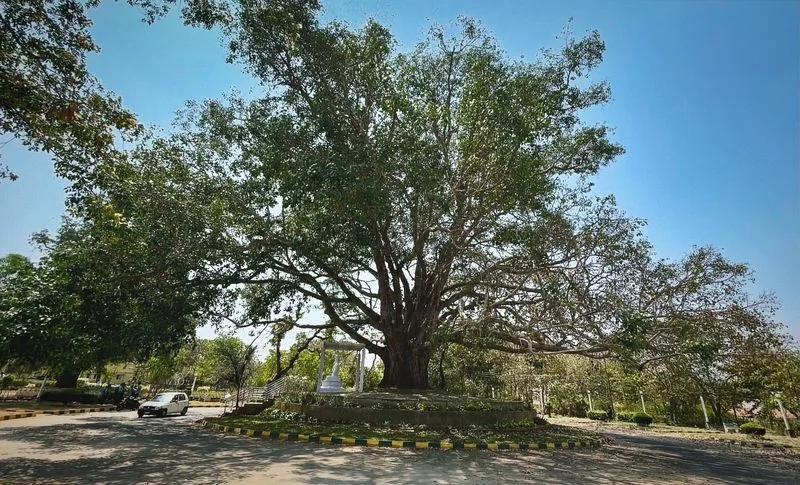
The Peepal Tree, also known as the Sacred Fig, is venerated in Hinduism, Jainism, and Buddhism. It symbolizes enlightenment and spiritual growth.
Its heart-shaped leaves are seen as representations of the divine, often used in religious rituals and art. The tree’s shade provides a sanctuary for meditation and reflection.
Associated with various deities, the Peepal is a symbol of the universe’s continuity. Its presence in temple courtyards underscores its role as a bridge between humans and the divine, offering peace and solace.

